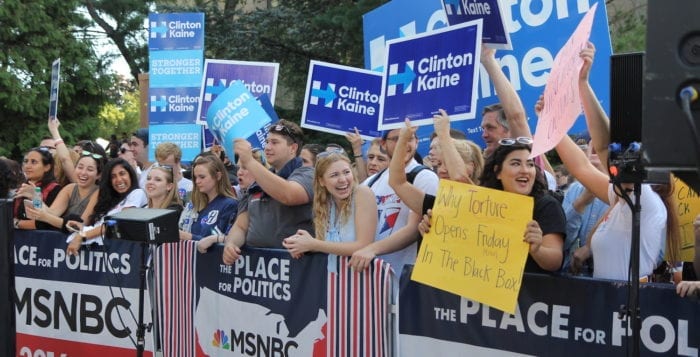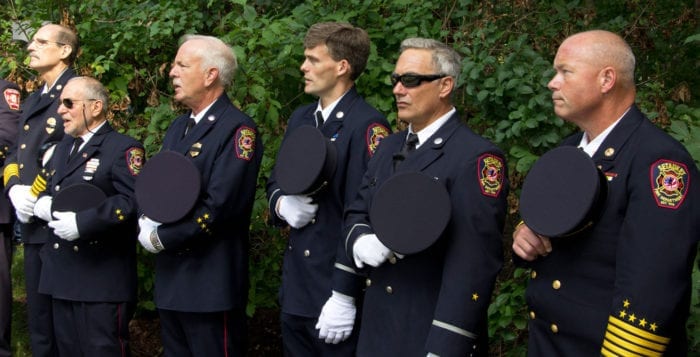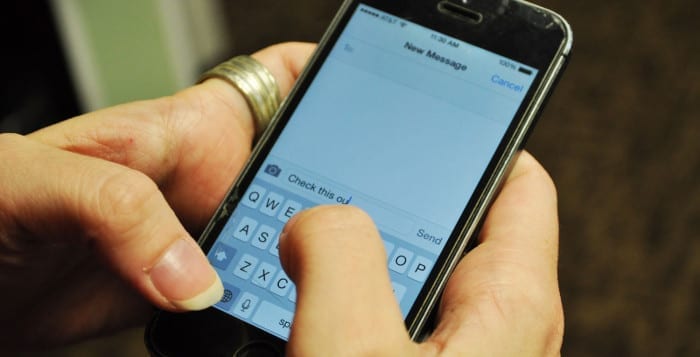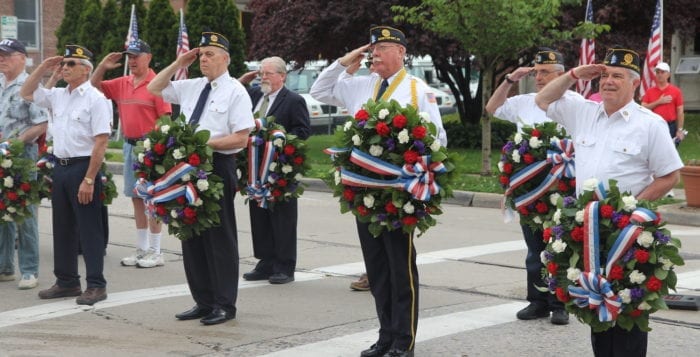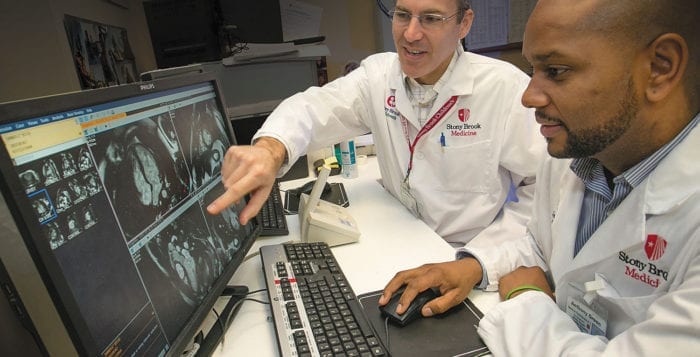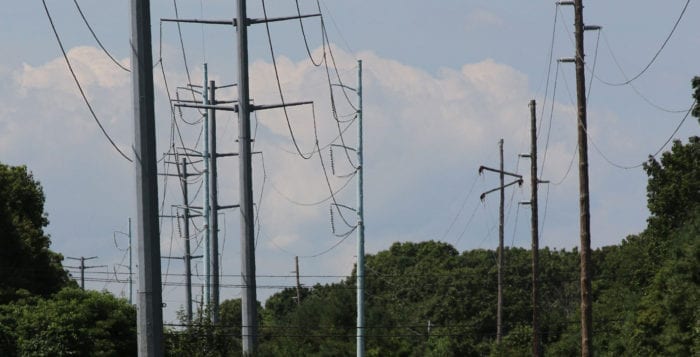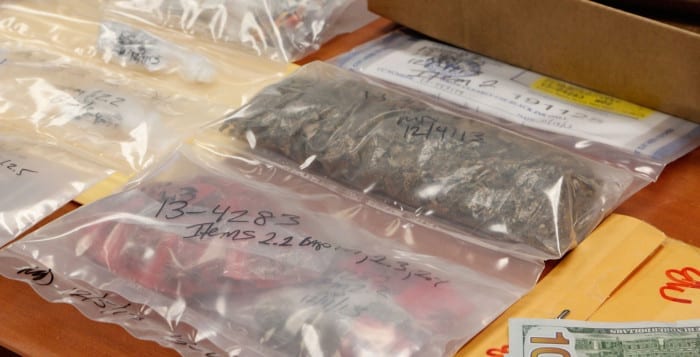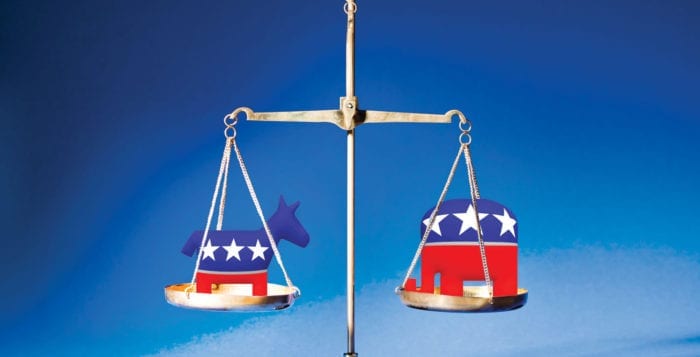As an editorial staff, we have an opinion. …
The first half of that sentence isn’t necessary in order to reveal what we think. And that is the exact problem we have had with this past weekend’s news cycle.
Political leader after political leader came out this past Friday, Saturday and Sunday to condemn Republican presidential nominee Donald Trump’s leaked comments, bragging about being able to commit sexual assault against women.
One of the common themes from legislators who pulled their endorsements was “As a father of daughters” or “As a brother with sisters — or a mother,” they were offended.
Two problems here: You don’t need to be a “someone” in order to be offended, you can simply be offended. And why is it that women are repeatedly being referred to as a sister, a daughter or a mother?
A presidential candidate talked about how he can sexually assault women because he is a star. A woman doesn’t need to be anything to be offended, threatened or violated by that sentiment. A man is also not disqualified from finding Trump’s comments reprehensible simply because he is a man.
Women don’t need to give birth or have a brother before they can be victimized by Trump’s words. Men don’t need to be married to condemn sexual assault. It should not matter your role, your background or your stature — no one should need to back up or justify why they are against sexual assault. They just should be.



